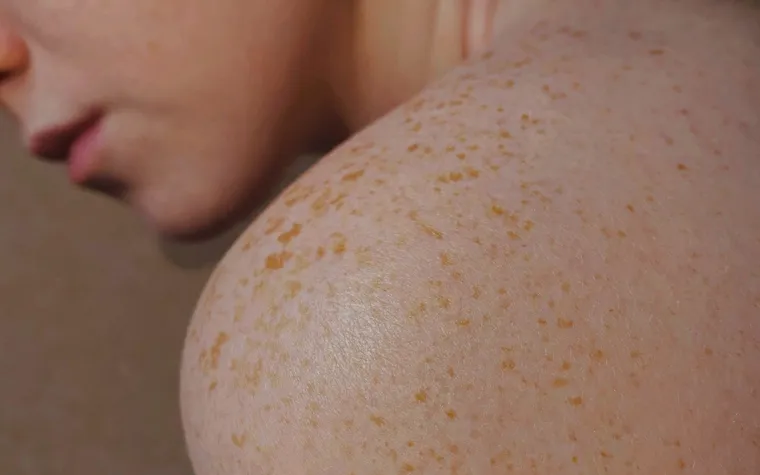Psoriasis is a chronic autoimmune skin condition that causes red, scaly patches to form on the skin. It results from an overactive immune system that speeds up skin cell growth, leading to inflammation and discomfort. While there is no cure, various treatments help manage symptoms, reduce flare-ups, and improve patients’ quality of life.
Managing psoriasis involves a combination of lifestyle changes, medications, and therapies designed to control inflammation and slow down excessive skin cell production. Treatments range from topical creams to systemic drugs and phototherapy. Understanding the available options can help individuals find the most effective approach for their condition.
Understanding Psoriasis
Psoriasis is a lifelong skin condition that affects millions of people worldwide. It is characterized by rapid skin cell turnover, which leads to the buildup of thick, scaly patches on the skin. These patches can appear anywhere on the body but are most commonly found on the scalp, elbows, knees, and lower back.
The exact cause of psoriasis remains unknown, but it is believed to be a combination of genetic and environmental factors. Triggers such as stress, infections, certain medications, and skin injuries can cause flare-ups. Since psoriasis is an autoimmune disease, the immune system mistakenly attacks healthy skin cells, leading to inflammation and excessive cell production.
Types of Psoriasis Treatments
Treatment for psoriasis varies based on the severity of symptoms, the type of psoriasis, and individual patient needs. The main types of treatment include:
- Topical Treatments
- Phototherapy (Light Therapy)
- Systemic Medications
- Lifestyle and Natural Remedies
1. Topical Treatments
Topical treatments are the first line of defense for mild to moderate psoriasis. They help reduce inflammation, slow skin cell growth, and relieve itching. Common topical treatments include:
- Corticosteroids: These anti-inflammatory creams and ointments help reduce redness and swelling. They are often prescribed for short-term use to prevent skin thinning.
- Vitamin D Analogues: Medications like calcipotriene help slow cell growth and flatten psoriasis plaques.
- Salicylic Acid: This ingredient helps remove scales and smooth the skin.
- Coal Tar: A natural treatment that reduces scaling and inflammation, often used in shampoos for scalp psoriasis.
- Moisturizers: While not a cure, regular moisturizing helps prevent dryness and irritation.
2. Phototherapy (Light Therapy)
Phototherapy involves exposing the skin to controlled amounts of natural or artificial ultraviolet (UV) light. It is effective for moderate to severe psoriasis. Types of phototherapy include:
- UVB Therapy: Narrowband UVB light slows skin cell growth and reduces inflammation.
- PUVA Therapy: A combination of psoralen (a light-sensitizing drug) and UVA light, effective for severe cases.
- Excimer Laser: A focused laser that treats small areas of psoriasis without affecting surrounding skin.
Phototherapy is administered under medical supervision, as excessive exposure can increase the risk of skin damage.
3. Systemic Medications
For severe or treatment-resistant psoriasis, doctors may prescribe systemic medications that affect the entire body. These include:
- Biologics: These advanced drugs target specific parts of the immune system to reduce inflammation. Examples include adalimumab (Humira), etanercept (Enbrel), and secukinumab (Cosentyx).
- Methotrexate: A traditional immunosuppressant that slows down the immune response and reduces inflammation.
- Cyclosporine: Another immunosuppressant that is effective for severe flare-ups but requires careful monitoring due to potential side effects.
- Oral Retinoids: Medications like acitretin help reduce scaling and thickened skin.
Systemic treatments are usually prescribed when other therapies have not been effective or if the psoriasis is significantly impacting daily life.
Conclusion
Psoriasis is a complex and lifelong condition, but with the right treatments and lifestyle adjustments, it can be managed effectively. From topical creams and phototherapy to systemic medications and natural remedies, individuals have many options to reduce symptoms and improve their quality of life. Consulting a dermatologist is essential to find the best treatment plan tailored to individual needs.

